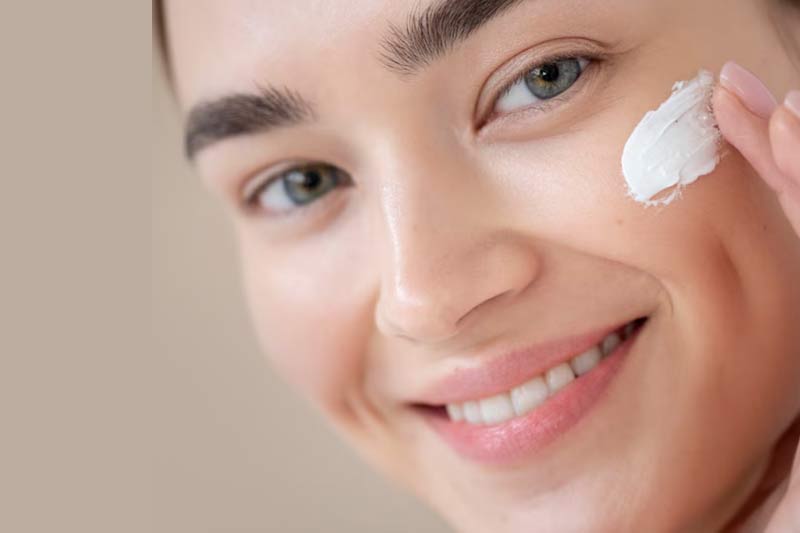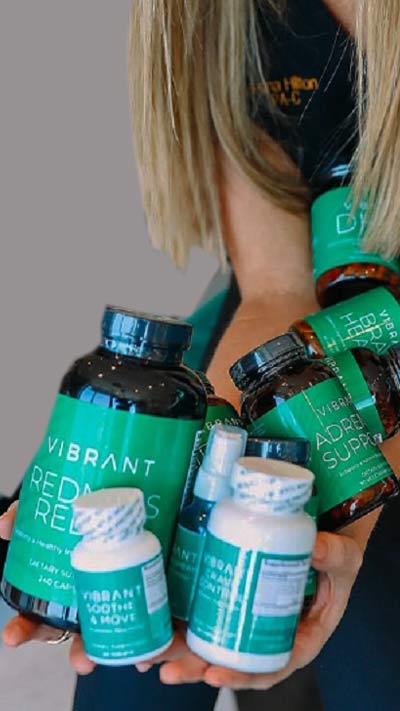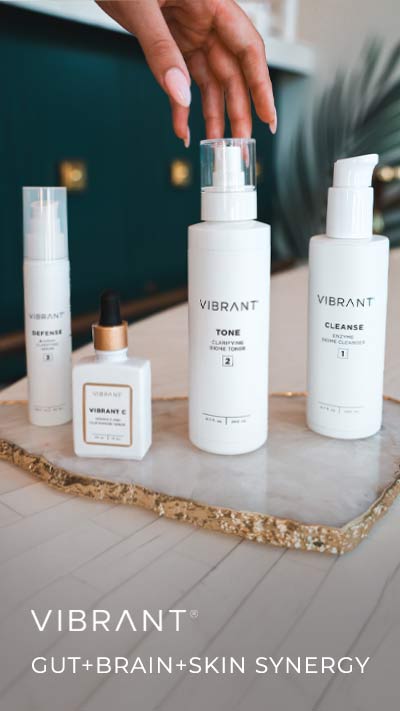Gluten-free skin care has gained traction among consumers seeking gentler, more mindful beauty routines, especially those with celiac disease, gluten sensitivity, or allergy concerns. Many skincare brands are eliminating gluten-derived ingredients from their products to support skin health and reduce potential irritation.
This article explains how gluten is used in skin care, how to identify it in cosmetic products, and how to use it safely (or avoid it).

What Is Gluten?
Gluten is a type of protein present in some grains, such as wheat, barley, and rye. It is a common allergen, affecting people with celiac disease and gluten intolerance. In some people, the immune system reacts to gluten in the digestive tract by causing gastrointestinal and psychological problems, including bloating, gas, brain fog, and anxiety.
Some celiac patients also have skin allergies when consuming gluten. The condition is called dermatitis herpetiformis, and it manifests as itchy skin, rashes, and blisters.
How Is Gluten Used in Cosmetics?
Gluten can be found in many cosmetic products, including facial creams, cleansers, sunscreens, lip balms, lotions, shampoos, etc. It is not used as an isolated ingredient but as part of ingredients derived from gluten-containing grains. Companies use grain derivatives for their emollient properties, which help soften and smooth the skin and hair. They serve as binding agents to increase the consistency and stability of the product.
How to Identify Gluten in Cosmetics?
Gluten in skin care is derived from wheat, barley, rye, or some other grains that may be cross-contaminated with gluten (e.g., oats) during processing. Users can identify gluten in cosmetic products by reading the ingredients list on the product label. Ingredients that may indicate the presence of gluten contain the following words:
- Wheat
- Triticum vulgare
- Barley
- Malt
- Hordeum vulgare
- Rye
- Secale cereale
- Oat
- Avena sativa
Some of the most common gluten-containing ingredients include hydrolyzed wheat protein (HWP), wheat germ oil, barley extract, Avena sativa extract, etc.
Benefits of Gluten in Cosmetics
Gluten on its own doesn’t provide any benefits to the skin.
Hydrolyzed wheat protein, wheat germ oil, and other grains containing gluten can enhance the skin’s appearance thanks to ingredients like vitamin E, amino acids, linoleic acid, etc. The benefits of using these ingredients include:
- Deep hydration
- Softer and smoother complexion
- Decreased irritation and redness
- Increased firmness
- Improved skin elasticity
- Decreased appearance of fine lines and wrinkles
Risks and Side Effects of Gluten in Cosmetics
As a common allergen, gluten in cosmetics may cause adverse effects in people with gluten sensitivities. The symptoms are unlikely to occur solely from topical application because gluten molecules are too large to pass the skin’s surface and enter the digestive system.
However, it is possible to ingest some of the product inadvertently, especially when using lip balm or not washing hands after product application. Also, skin inflammation and lesions can increase skin permeability, increasing the risk of product penetration into the bloodstream.
Gluten-containing skin care may cause the following side effects in people sensitive to gluten:
- Skin irritation
- Itchy bumps
- Rashes
- Hives
- Burning blisters
How to Safely Use Cosmetic Products with Gluten
Products containing gluten typically contain concentrations that are too low to make a significant impact, even when ingested or absorbed through the skin.
Safe gluten concentrations for ingestion are lower than 20 parts per million (ppm). Users can either ask for information about gluten concentrations from the skincare company or patch-test the product before use to ensure safe application.
However, the safest way to avoid potential risks is to choose gluten-free skin care.
Vibrant has a new skincare line featuring products without gluten and other skin irritants (parabens, silicone, phthalates, etc.) The products are formulated with microbiome-friendly and neurocosmetic ingredients, which strengthen the skin’s innate ability to heal and regenerate.
Conclusion
Gluten has been a staple in conventional cosmetic products, but it provides minimal skin benefits. This is why many skincare companies are abandoning the use of gluten due to users’ concerns about a heightened risk of skin irritation. Skin experts recommend gluten-free products with soothing, nourishing ingredients to support a healthy and glowing complexion.


